
Frozen shoulder, or adhesive capsulitis, is a condition characterized by pain, stiffness, and reduced range of motion in the shoulder joint. This debilitating condition can make even simple daily tasks, such as reaching for an item or dressing, extremely difficult.
Traditional treatment methods, including physical therapy, anti-inflammatory medications, and in severe cases, surgery, have been the standard approach for managing frozen shoulder. However, the rise of shockwave therapy as a non-invasive treatment has provided new hope for patients seeking a faster recovery.
Shockwave therapy (SWT) uses acoustic waves to stimulate tissue regeneration, reduce pain, and improve mobility. This article explores how shockwave therapy works for frozen shoulder, its benefits, what to expect during a session, and the efficacy of this innovative treatment.
Understanding Frozen Shoulder
Frozen shoulder develops in stages that can last months or even years without proper intervention. The condition is divided into three phases:
- Freezing Stage: The shoulder becomes increasingly painful and stiff. Movement is restricted, and even slight motions can cause significant discomfort.
- Frozen Stage: Pain may lessen, but stiffness remains. The range of motion is severely limited, making mobility difficult.
- Thawing Stage: Gradually, the shoulder begins to regain motion, though the process can be slow without appropriate treatment.
The exact cause of frozen shoulder isn’t always known, but risk factors include post-surgical immobility, diabetes, and certain autoimmune disorders. The symptoms often appear after periods of inactivity or trauma to the shoulder.
What Is Shockwave Therapy?
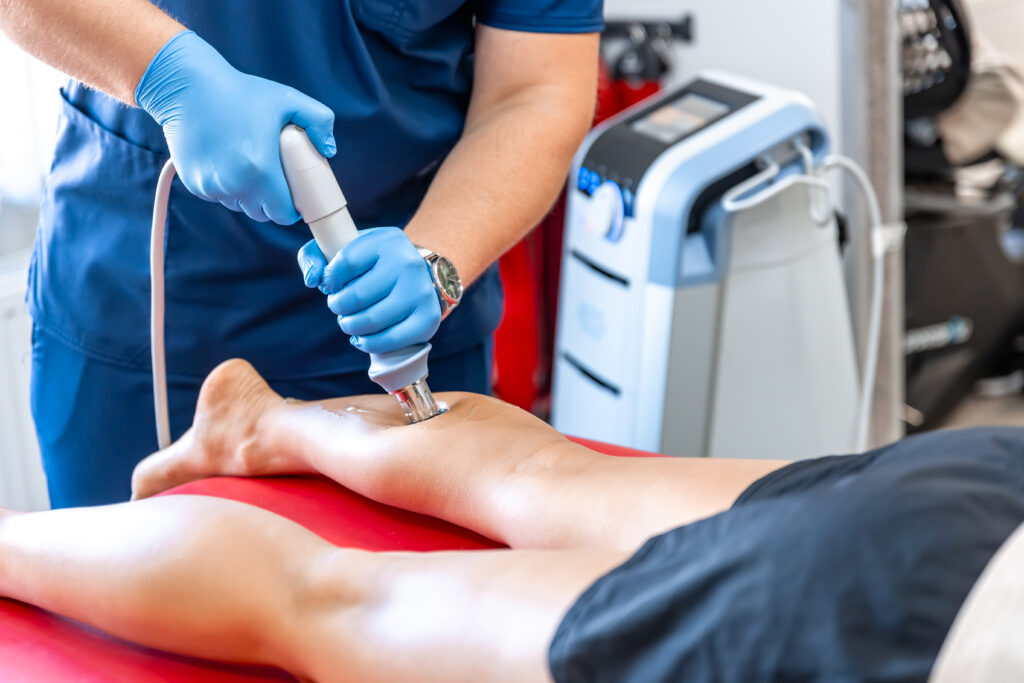
Shockwave therapy (SWT) is a non-invasive treatment that uses acoustic waves to promote healing in musculoskeletal tissues. Initially developed to break down kidney stones, SWT has since evolved to treat various soft tissue conditions, including frozen shoulder.
There are two primary types of shockwave therapy:
- Radial Shockwave Therapy (RSWT): Delivers waves over a broader area, ideal for treating larger regions.
- Focused Shockwave Therapy (FSWT): Penetrates deeper tissues for more targeted pain relief.
These acoustic waves work by creating microtrauma in the tissue, prompting the body to increase blood flow, stimulate collagen production, and initiate a natural healing response.
How Shockwave Therapy Helps Treat Frozen Shoulder
Shockwave therapy targets the key challenges of frozen shoulder—pain, stiffness, and reduced mobility—by addressing the underlying physiological factors.
Pain Reduction
One of the primary benefits of SWT is its ability to disrupt pain signals. Acoustic waves stimulate the nerves in the affected area, effectively interrupting pain pathways and reducing discomfort.
Tissue Regeneration
The therapy stimulates blood circulation and enhances collagen production, both essential for repairing damaged soft tissue. Improved blood flow brings oxygen and nutrients to the affected area, speeding up the healing process.
Breaking Down Calcifications
In some cases, frozen shoulder is exacerbated by calcium deposits in the shoulder tendons. Focused shockwave therapy can help dissolve these deposits, reducing inflammation and improving mobility.
Improving Range of Motion
By reducing tissue stiffness and breaking down scar tissue, SWT helps restore the shoulder’s natural movement, allowing patients to regain functionality.
Benefits of Shockwave Therapy for Frozen Shoulder
Shockwave therapy offers a range of benefits for those suffering from frozen shoulder. First and foremost, it is a non-invasive procedure, which means there is no need for surgery or long recovery periods. Unlike cortisone injections, which provide temporary relief but may cause side effects, SWT addresses the root cause of the issue by promoting tissue repair.
Additionally, sessions are relatively quick, typically lasting 15 to 30 minutes. Many patients report noticeable improvements after just a few sessions. As shockwave therapy reduces the need for medication, it can also decrease the risk of dependency on painkillers.
What to Expect During a Shockwave Therapy Session
Patients often feel apprehensive before trying a new treatment, so knowing what to expect can help ease concerns.
The session begins with an evaluation by a healthcare provider who assesses the shoulder’s condition and determines the appropriate settings for the device. Once the treatment plan is established, the practitioner applies a gel to the shoulder area to improve the transmission of the acoustic waves.
The shockwave device is then positioned over the affected area, delivering controlled pulses of acoustic energy. The level of intensity and frequency is adjusted according to the patient’s tolerance and specific needs. While some patients may feel mild discomfort during the session, it is generally well-tolerated. After the session, there may be minor soreness, but this typically subsides within a day or two.
Who Is a Good Candidate for Shockwave Therapy?
Shockwave therapy is suitable for individuals who experience chronic shoulder pain and have not responded well to traditional treatments such as physical therapy or anti-inflammatory medications. It is also an excellent option for those seeking non-surgical alternatives.
However, certain individuals should avoid SWT, including:
- Pregnant women.
- Individuals with blood clotting disorders.
- Patients with pacemakers or certain metal implants.
Consulting with a healthcare provider ensures that SWT is a safe and appropriate option for the patient’s specific condition.
Potential Side Effects and Safety Considerations
- Shockwave therapy may cause mild and temporary side effects.
- Common Side Effects: Soreness, redness, or slight swelling in the treated area.
- Rare Complications: Serious complications are uncommon, especially when the therapy is administered by a trained professional.
- Minimizing Side Effects: Follow aftercare guidelines provided by the healthcare provider.
- Recovery Tips: Rest the shoulder and avoid intense physical activity immediately after treatment to aid recovery.
How Effective Is Shockwave Therapy for Frozen Shoulder?
Clinical studies have shown promising results for shockwave therapy as a treatment for frozen shoulder. Research indicates that many patients experience significant pain relief and increased range of motion after just a few sessions. However, individual responses can vary, and some may require multiple treatments to achieve optimal results.
Real-life testimonials often highlight the positive impact of SWT, with patients reporting improvements in mobility and a reduction in their reliance on pain medications.
Combining Shockwave Therapy with Other Treatments
- Shockwave therapy is effective on its own, but combining it with complementary treatments can maximize benefits.
- Physical therapy sessions with targeted stretching and strengthening exercises can enhance flexibility and shoulder mobility.
- These routines, when designed by a physiotherapist, help maintain and build on the progress made during shockwave sessions.
- Incorporating an anti-inflammatory diet with foods rich in omega-3 fatty acids can support overall recovery.
- Supplementing with joint-supporting nutrients can further assist healing.
- Patients should avoid strenuous activities that could place additional strain on the shoulder during recovery.
- Mindfulness practices, such as meditation and breathing exercises, may help reduce tension and improve outcomes.
Shockwave Therapy Devices for Frozen Shoulder
The efficacy of shockwave therapy largely depends on the type of device used. Commonly used devices include:
- Storz Medical Duolith SD1: This device is known for its advanced focused shockwave technology, featuring precise targeting capabilities and adjustable intensity levels for tailored treatments. It is widely used in clinical settings to treat chronic musculoskeletal issues and enhance tissue regeneration.
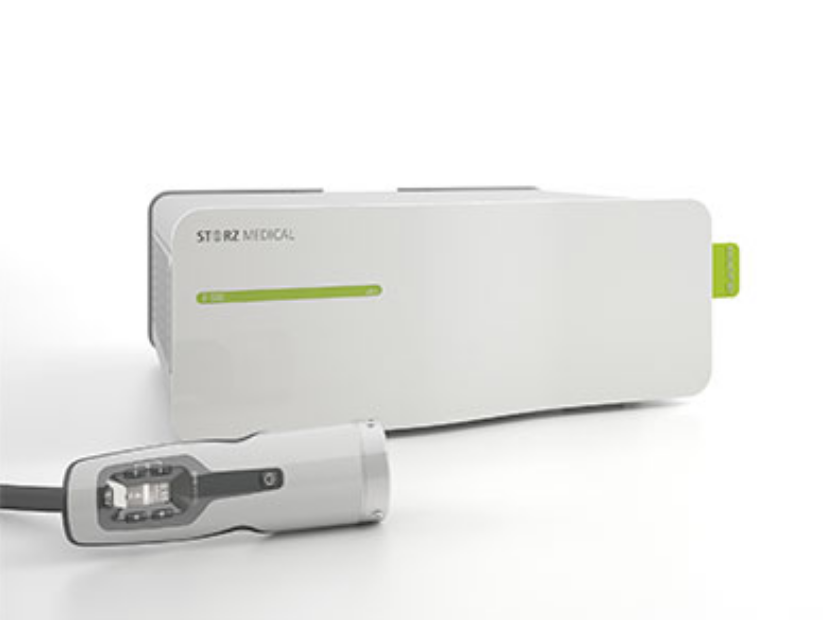
- Chattanooga Intelect RPW: A trusted option for radial shockwave therapy in clinical settings, this device delivers acoustic waves over a broader area, making it ideal for larger treatment zones. It includes customizable settings for different treatment protocols.
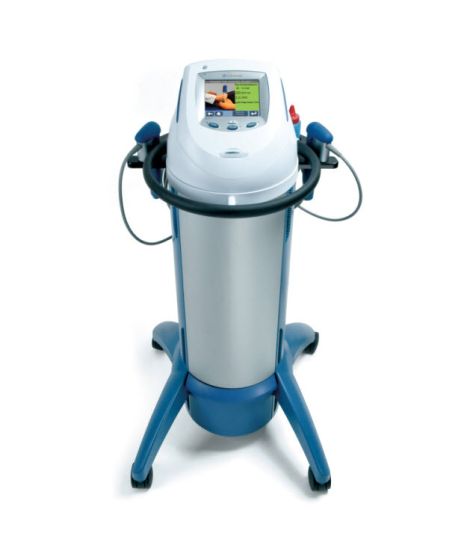
- BTL-6000 SWT Topline: A portable yet powerful device that provides versatile treatment options, featuring user-friendly controls and both radial and focused shockwave modes. It is suitable for clinics and home use by professionals.
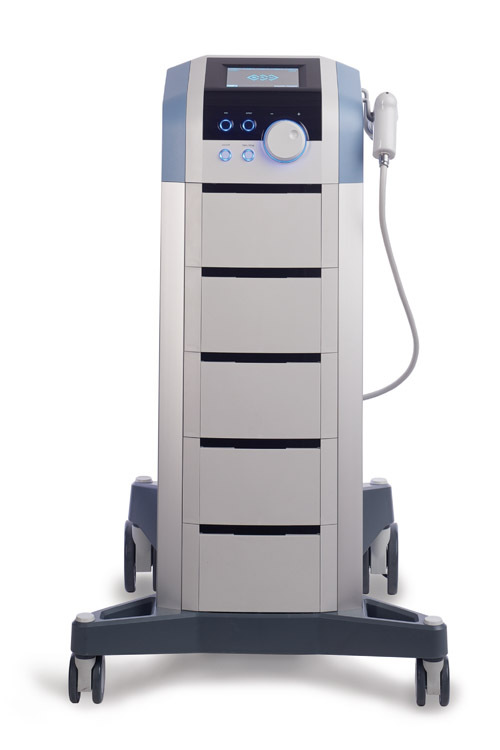
- EMS Swiss DolorClast: Widely used for its reliability and effectiveness in treating musculoskeletal issues, this device is known for its patented technology that offers consistent pressure waves to break down calcifications and stimulate healing.
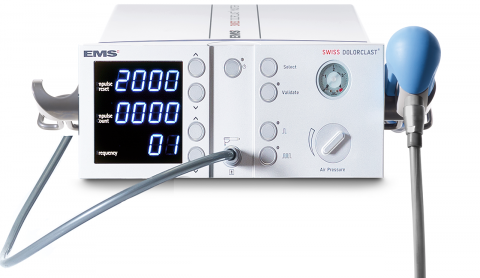
- PiezoWave2: A precision device that uses piezoelectric technology for targeted treatments, offering deeper penetration for stubborn soft tissue conditions. It is especially effective for conditions like frozen shoulder, where pinpoint accuracy is crucial.
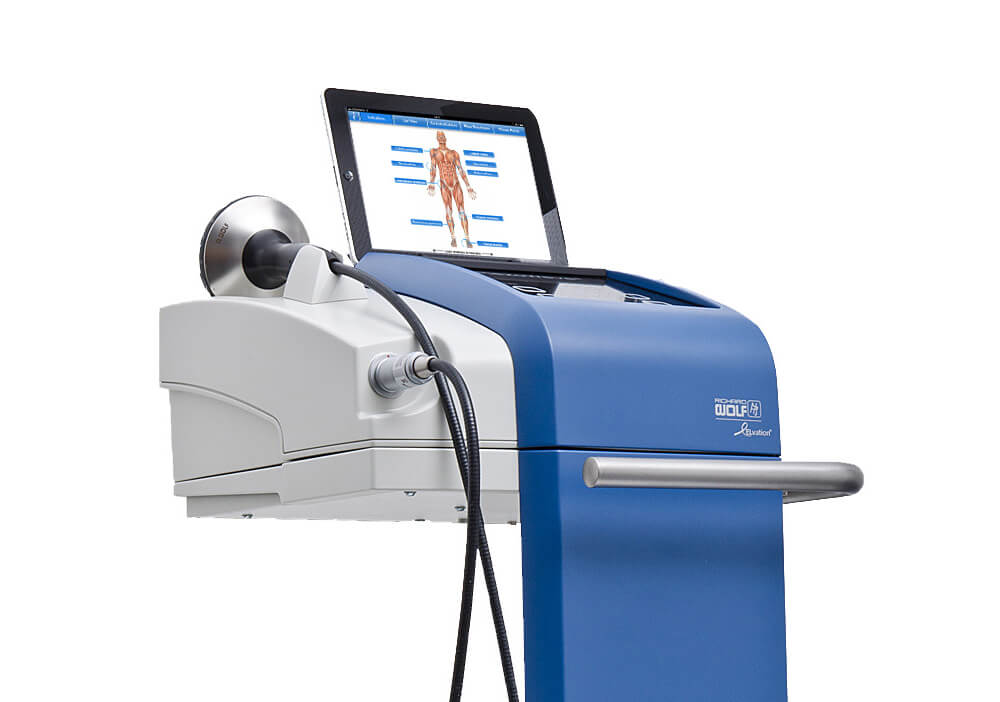
These devices differ in their acoustic wave delivery (focused or radial) and are selected based on the patient’s condition and treatment goals.
Try these effective devices for your recovery journey:
Balego EMS Digital Neuromuscular NMES Stimulator OTC
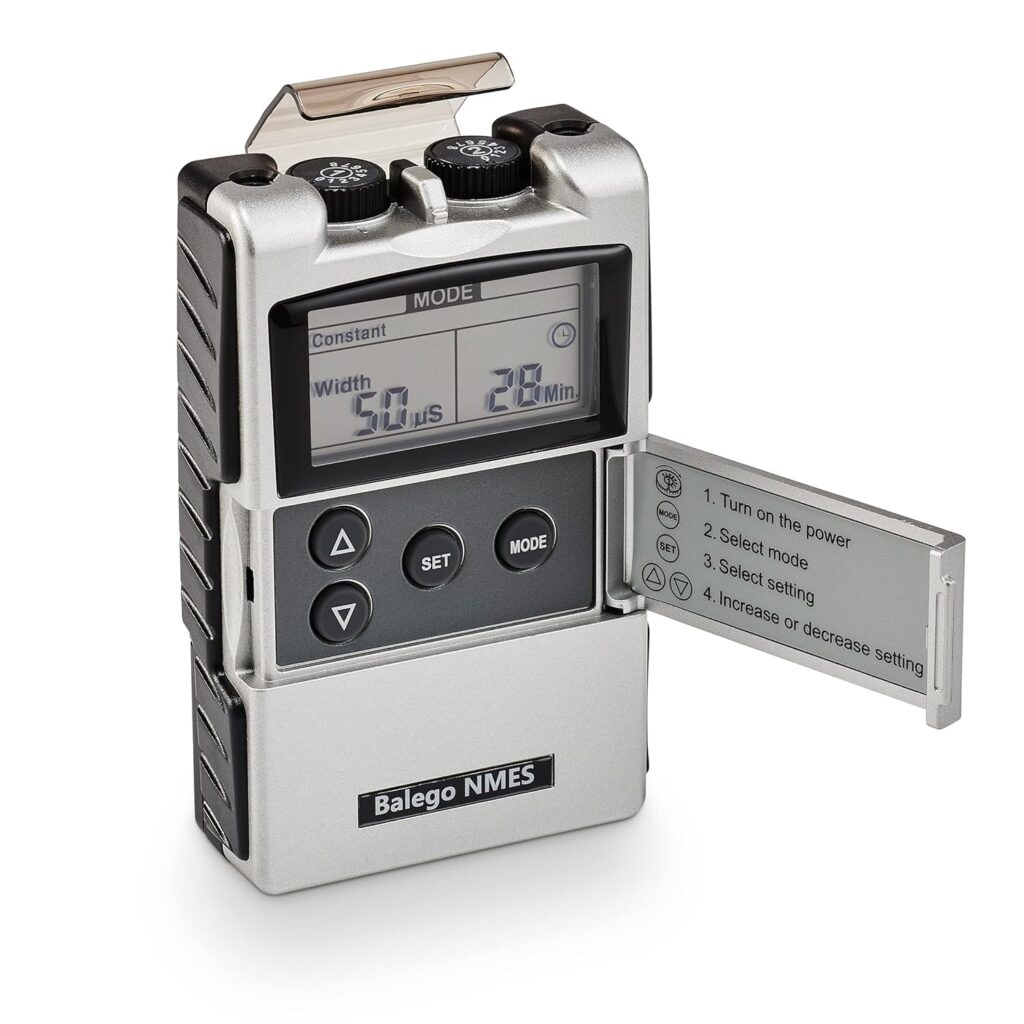
PerVita Extracorporeal-Regeneration-PerVita-Medical-PSP15
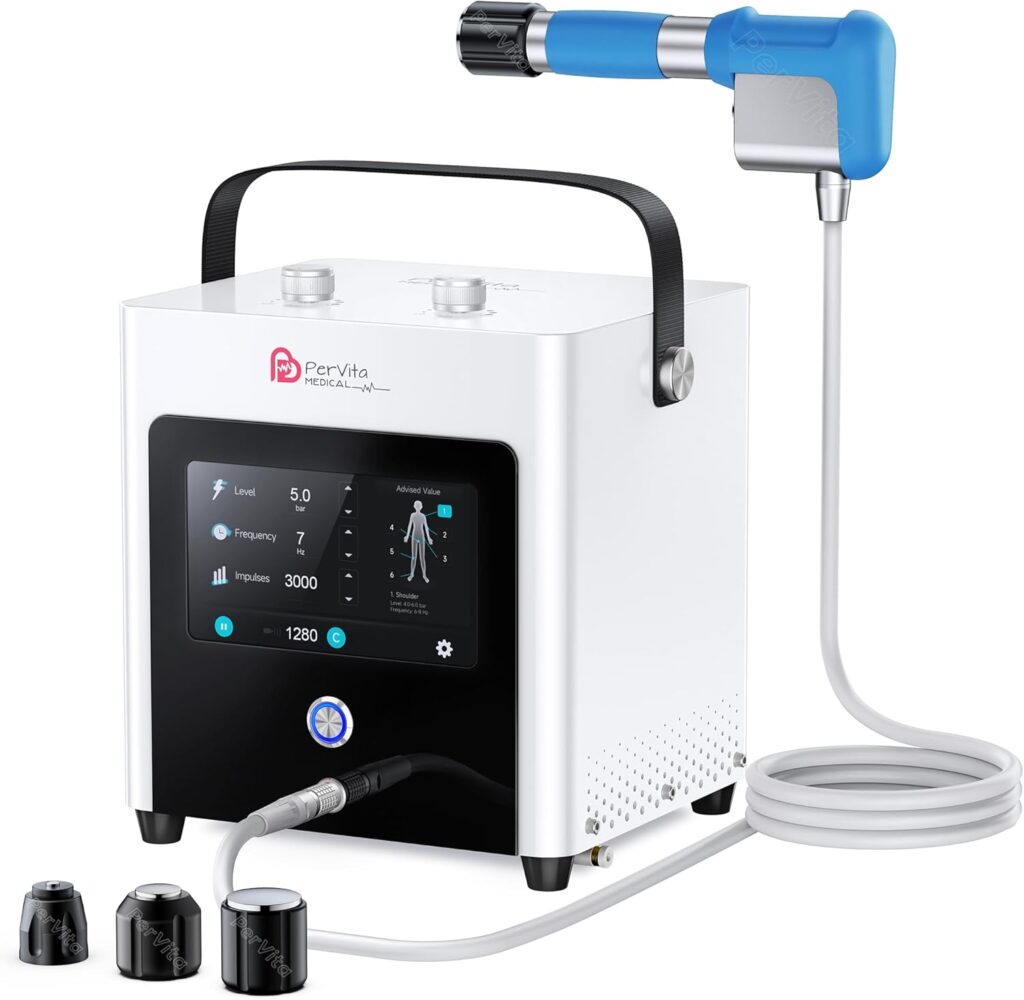
Nulatool-Extracorporeal-Massage-Therapy-Massager
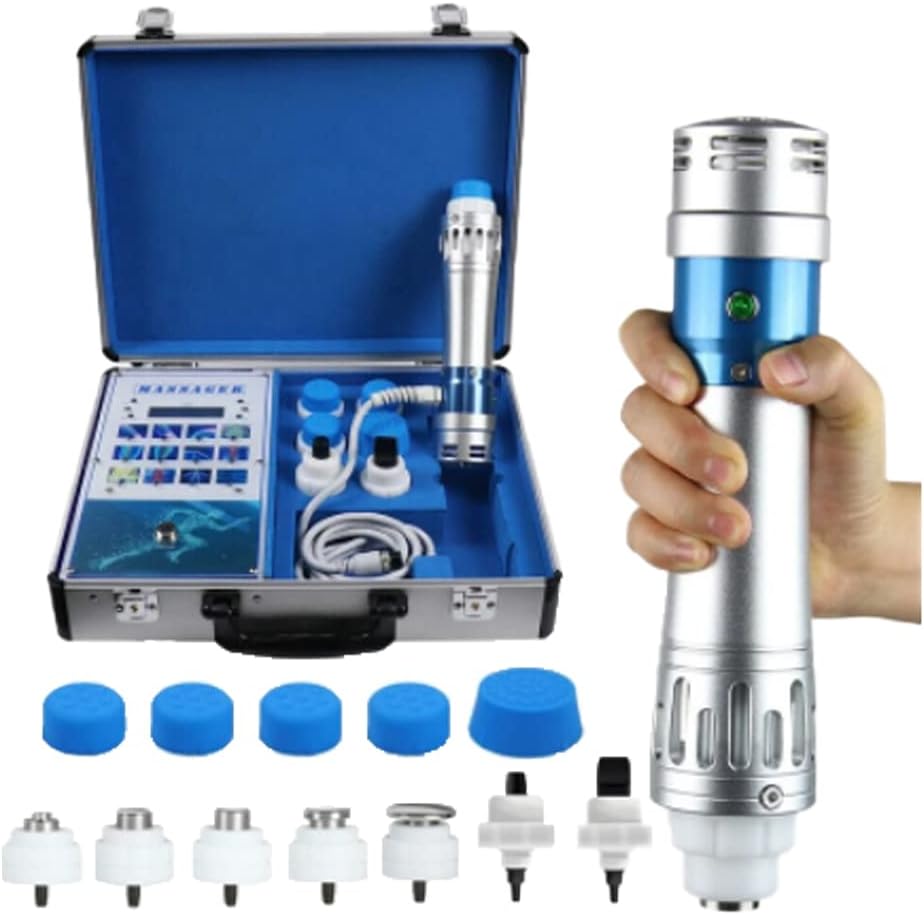
How Is Shockwave Therapy Different from Other Treatments?
Surgery vs Shockwave Therapy
Shockwave therapy differs from surgery due to its non-invasive nature. Surgery involves incisions, potential risks, and lengthy recovery periods, while shockwave therapy uses external acoustic waves to stimulate healing with minimal discomfort and short session durations. There is no need for anesthesia or post-surgical rehabilitation, and patients can typically resume daily activities shortly after treatment.
Steroid Injections vs Shockwave Therapy
In contrast to steroid injections, which offer temporary pain relief but may have side effects, shockwave therapy addresses the root causes of frozen shoulder by promoting tissue regeneration.
Ultrasound Therapy vs Shockwave Therapy
Unlike ultrasound therapy, which primarily warms tissues to enhance circulation, shockwave therapy creates targeted microtrauma that stimulates collagen production and helps dissolve calcifications, leading to more effective tissue repair and improved mobility.
Frequently Asked Questions (FAQs)
How many sessions of shockwave therapy are needed for frozen shoulder?
Most patients require between 3 to 6 sessions for significant improvement.
Is shockwave therapy painful?
While some patients feel mild discomfort during the procedure, it is generally well-tolerated.
Can shockwave therapy completely cure frozen shoulder?
SWT can significantly reduce symptoms and improve mobility, but results vary.
What should I avoid after a session?
Avoid heavy lifting and strenuous activity for at least 24 hours post-treatment.
Conclusion
Shockwave therapy is a promising solution for individuals dealing with the pain and limited mobility caused by frozen shoulder. Its ability to promote tissue regeneration, reduce pain, and restore movement without the need for invasive procedures makes it an appealing option. By consulting with a healthcare provider, patients can determine if SWT is the right choice for their recovery journey and regain the freedom to move without pain.
Leave a Reply